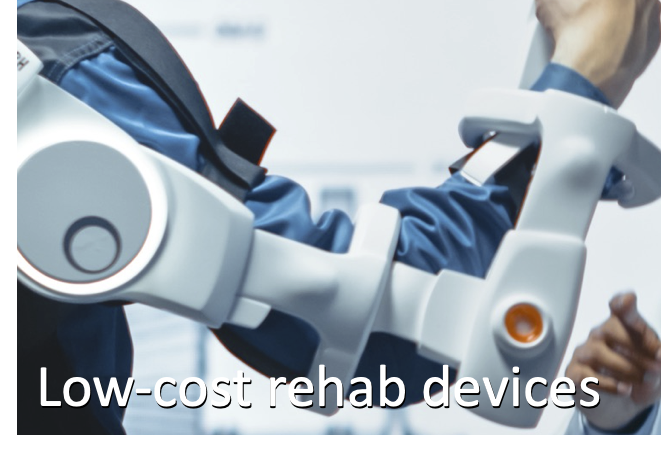The Need for Low-Cost Assistive & Rehabilitation Devices
As a signatory of the United Nations Convention on the Rights of Persons with Disabilities (UNCRPD), the government recently introduced the Rights of Persons with Disabilities (RPWD) Act, 2016 to enforce the tenets of the UNCRPD. The Act enforced many measures towards the betterment of the disabled, some of which are: affirmative action for education and employment, judicial protection from discrimination and harassment, subsidising state-of-the-art healthcare and support for R&D of rehabilitation and assistance technologies. Assistive and rehabilitation technologies have the potential to help the disabled community become an active contributor to the country’s workforce and achieve financial independence. Examples of rehabilitation and assistive devices are sensing devices like smart-vests and watches, passive devices like hand-held or wearable resistive and gravity compensation devices, or active devices like assistive robots, exoskeletons and exosuits. These technologies, however, have advantages that extend way beyond a clinical setting. Research and commercial systems have now extended therapy and assistance technologies to augment wearer capabilities, prevent injuries and increase productivity with applications in industry, sports and defence. These technologies are now seeing widespread global adoption by the automotive sector for injury prevention and augmenting worker capabilities. In countries with significant labour-intensive industries like India, Bangladesh and China, these technologies could further help achieve the goals of delivering decent work and economic growth while simultaneously bolstering industry, innovation and infrastructure. The most significant disadvantage in the widespread adoption of current commercial and research systems in the developing world is the cost barrier. While these systems would soon attain commercial viability in the developed world, widespread adoption in low- and medium-income countries would not be tenable. R&D into low-cost rehab and assistive devices would, therefore, bring the same health, social and economic benefits to more low- and medium-income countries. These outcomes naturally align with the UN’s global goals of ensuring good health and well-being for all, providing decent work and economic growth while boosting industry, innovation and infrastructure in developing (ODA) countries.
